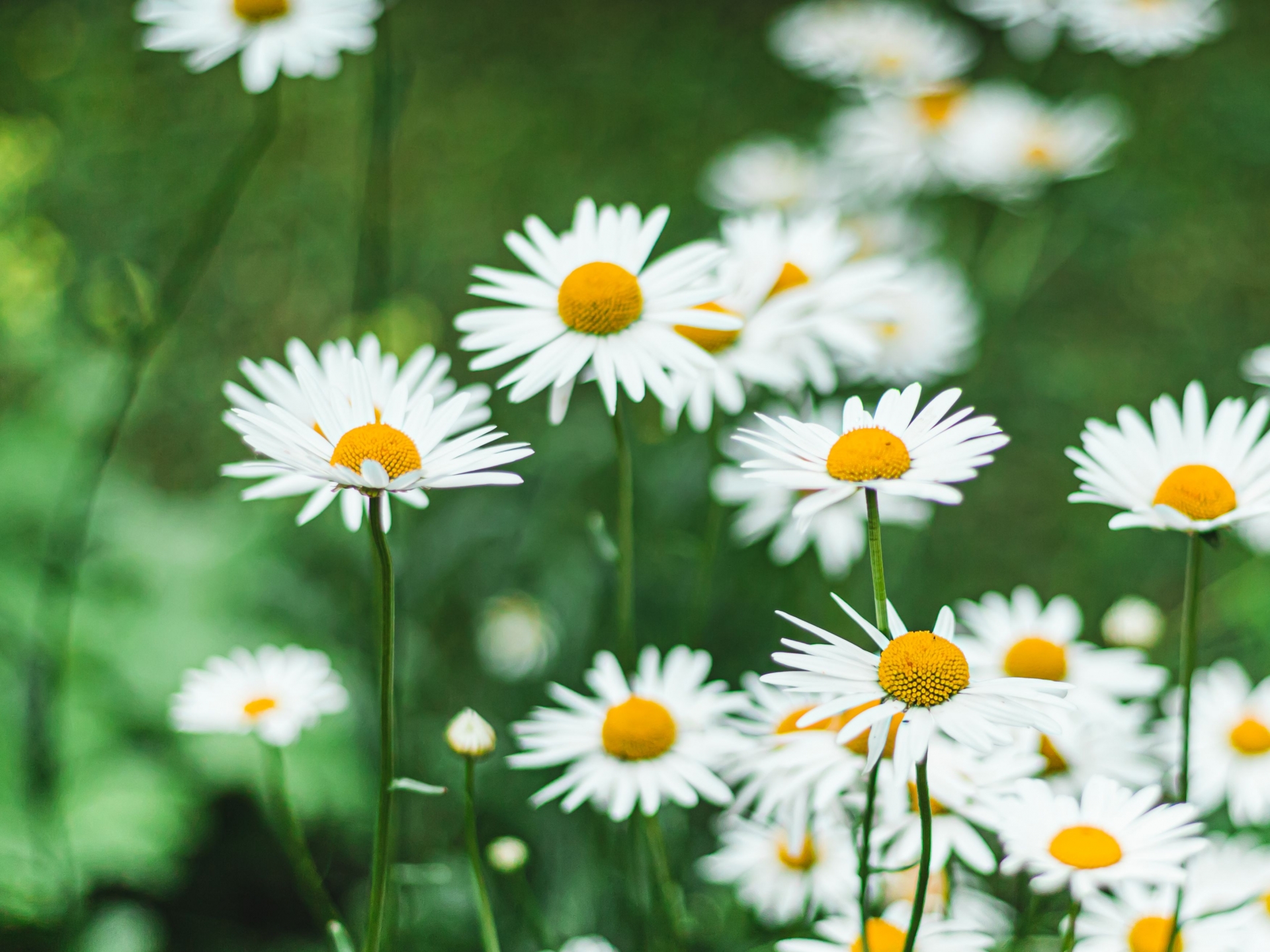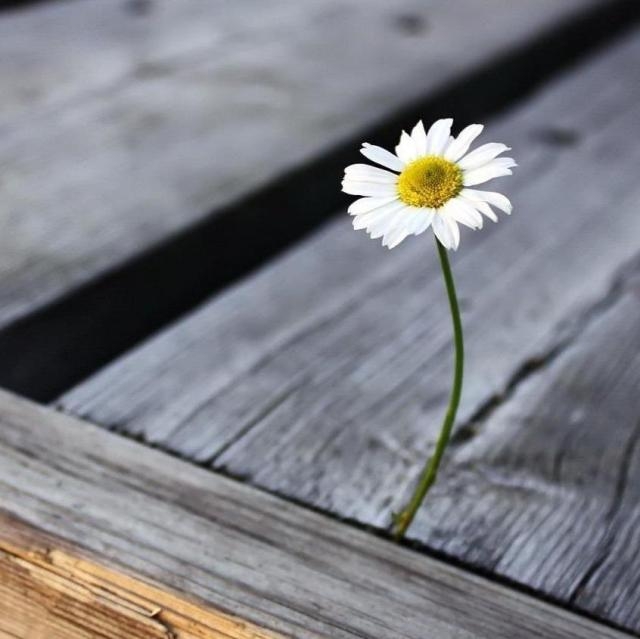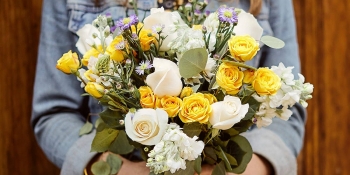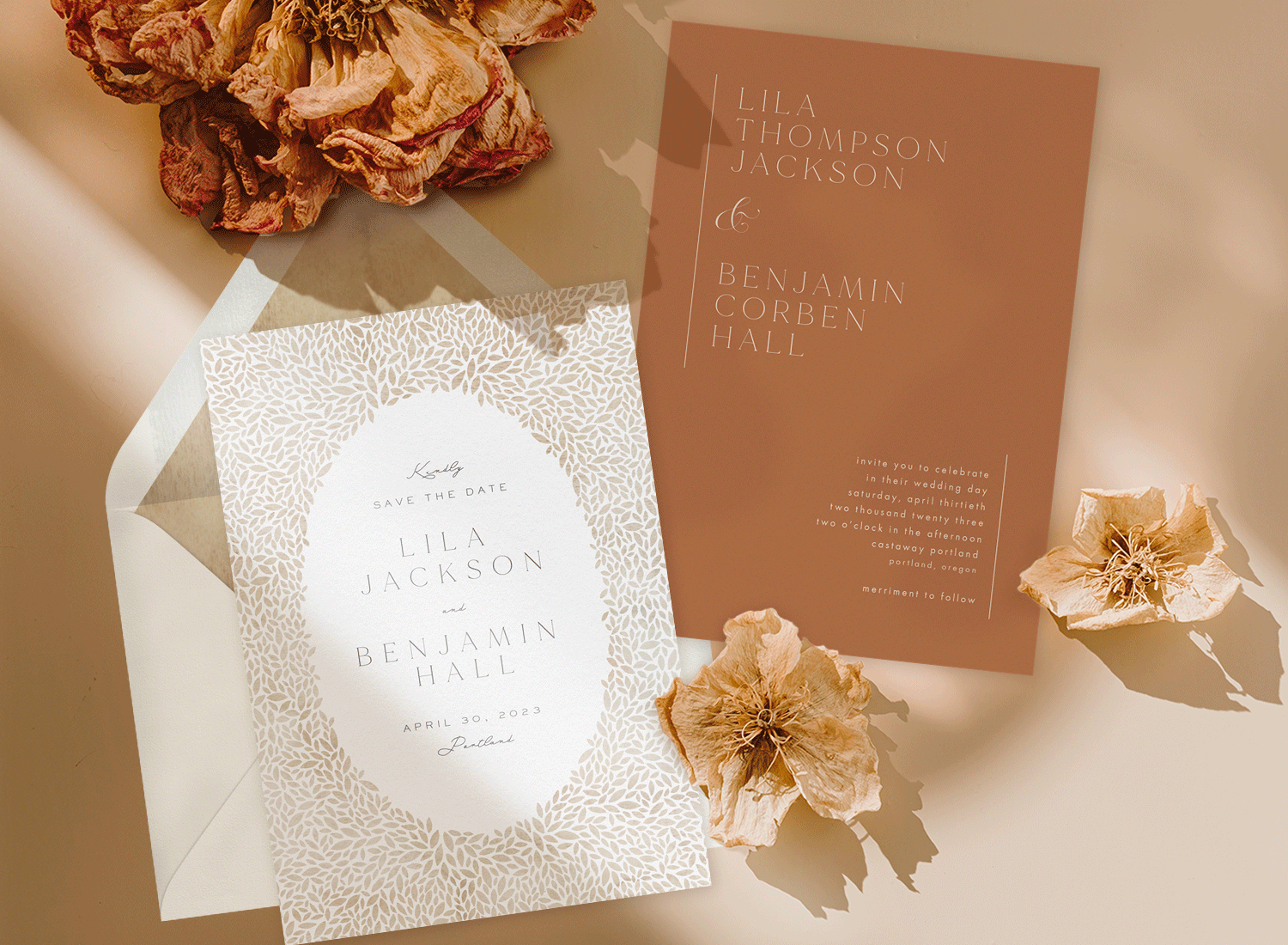What is Daisy Flower and 17 Interesting Facts
 |
| Daisy Flower - Photo: The spruce |
Although it doesn't have the same allure as roses, daisy blooms nonetheless manage to capture the attention of anybody who sees them.
Did you know that the Daisy flowers, a flower, contain some intriguing information?
1. The daisy is a member of one of the most diverse plant families in existence. These flowers are vascular plants, which are nutrient- and water-rich species. 10% of all blooming plants that exist on Earth are represented by this vascular plant.
2. The name Daisy actually comes from the Old English phrase "Daes eag," which translates to "Eyes of a Day."
3. With the exception of Antarctica, Daisy can be found anywhere in the world.
4. A German botanist named Paul Dietrich Giseke and his close friend Carl Linnaeus, renowned as the "Father of Modern Taxonomy" from Sweden, were the first to describe the flower daffodil. Compositae, the scientific name for the daisy family, was first categorized in 1792. The classification of this was made by Paul Dietrich Giseke, a German botanist and close associate of Carl Linnaeus, the Swedish "founder of modern taxonomy."
5. Daisy is actually a hybrid of two blooms. The first flower is said to have white petals, and the second blossom is considered to have a yellow center with an eye-like form.
 |
| Photo: Daisy in Love |
6. The daisy is a flower that stands for innocence and purity.
7. Vitamin C is present in Daisy Flower.
8. One flower that can be used to make medicine is the daisy. This flower can soothe stomach and coughing in addition to being high in vitamin C.
9. Daisy blooms are used as medications to quicken the recovery from surgery and reduce pain. Both human and animal wounds can be treated using aster flowers.
10. According to steemit, daisies are a favorite flower of bees because they are one of the elements used to make honey.
11. This flower belongs to the herbaceous plant family and can reach heights between 3 inches and 4 feet.
12. Daisy blossoms can develop with a yellow center and white petals, a white core and red petals, a brown center and purple petals, or a dark red center and yellow petals.
13. Daisy leaves are edible: Daisy leaves, which are linked to artichokes and abundant in vitamin C, can be a nice addition to salads.
14. Certain daisies can develop into dangerous weeds if not controlled: This is due to the fact that they flourish in often hostile environments and are immune to the majority of pests and chemicals.
15. Daisy flowers will flourish all summer long, and bees help with pollination.
16. Daisy can reproduce by dispersing seeds in the fall and blooming in the spring.
17. At night, this flower will send its bud back.
 | How to Keep Flower Fresh: 9 tips for your fresh flowers last longer Everybody loves fresh flowers. They bring colour and life to your space, add a nice touch to any room, and make the perfect gift for ... |
 | Useful tips to make DIY wedding invitations You're going to hold a wedding ceremony and look for some tips to make your DIY wedding invitations? Knowinsider would give you easy methods to ... |


























